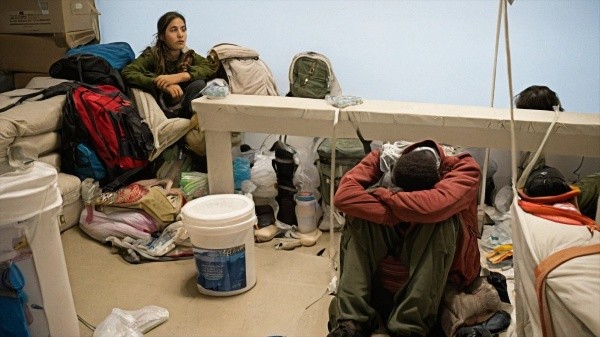Iran’s Plan to Strike Back Against the U.S.
Iran’s Military Preparations Following U.S. Attacks
Loading...

In a statement on Tuesday, shortly after the ceasefire agreement was announced, Hezbollah's operations room revealed the private residence of Israeli Air Force Commander Major General Tomer Bar in Tel Aviv was targeted on November 18, 2024.
Strategic Strikes on High-Value Israeli Targets
Hezbollah's "Khaybar operations," launched on October 1, 2024, have demonstrated the Lebanese resistance group's capability to target critical Israeli military and political sites with precision, ultimately forcing Israel to seek a ceasefire. Over the course of two months, Hezbollah executed 56 operations, including a series of drone and missile strikes that reached deep into Israeli-occupied territories, hitting key military bases, air force facilities, and even the private residences of senior Israeli officials.
One of the most significant incidents occurred on November 18, when Hezbollah targeted the private residence of Major General Tomer Bar, Commander of the Israeli Air Force, in Tel Aviv using advanced attack drones. Although Israel censored the news, the strike underscored Hezbollah’s ability to breach heavily fortified areas. Earlier, on October 19, Hezbollah successfully struck the holiday residence of Israeli Prime Minister Benjamin Netanyahu in Caesarea, raising alarm in Israel’s leadership. The attack involved a decoy volley of rockets from Lebanon to mask the drone's approach, resulting in significant damage to the property.
Escalation and Counterstrikes
Israel responded to these operations with intensified airstrikes on Beirut’s southern suburbs, causing a high civilian death toll. Hezbollah retaliated with further precision attacks, such as the October 13 strike on the elite Israeli Golani Brigade’s command center near Binyamina, south of Haifa. This operation killed dozens of soldiers and injured hundreds, severely impacting Israel’s military morale. Hezbollah justified these attacks as a response to Israeli aggression in Gaza and Lebanon, including the assassination of their leader, Sayyed Hassan Nasrallah, in September.
The group also targeted strategic Israeli military installations, including the Tsnobar logistics base in the occupied Golan Heights and the notorious Unit 8200 cyber intelligence headquarters near Tel Aviv. These strikes demonstrated Hezbollah’s capacity to penetrate deep into Israeli-controlled territories using advanced drones and missiles.
Sustained Pressure: A Coordinated Campaign
Hezbollah’s Khaybar operations marked a shift in the regional balance of power. The group conducted daily, high-precision strikes on Israeli military bases, including the "Eliakim" base south of Haifa, the "HaKirya" base in Tel Aviv, and the "Palmachim" airbase, which houses advanced missile defense systems. These attacks often involved coordinated use of drones and missiles, evading Israeli air defenses and disrupting military operations.
By mid-November, Hezbollah had expanded its reach, targeting locations up to 145 kilometers into Israeli-occupied territories. The strikes not only inflicted significant damage on military infrastructure but also caused widespread panic among Israeli settlers. Over two million people were forced into shelters, schools and businesses closed, and air traffic was disrupted, crippling daily life in large parts of Israel.
Political and Strategic Implications
Hezbollah’s operations not only inflicted material losses on Israel but also exposed vulnerabilities in its defense systems. The scale and precision of the attacks generated pressure on the Israeli government, forcing it to seek international support. The United States and France intervened to mediate a ceasefire, underscoring the growing influence of Hezbollah in shaping the conflict’s trajectory.
Analysts argue that Hezbollah’s strategy of targeting both military and symbolic assets demonstrated its ability to control battlefield dynamics. Its "tit-for-tat" response to Israeli actions in Gaza and Lebanon, combined with the psychological impact of strikes on high-value targets, showcased the movement’s tactical and operational sophistication.
Conclusion
Hezbollah's Khaybar operations represent a turning point in the Israeli-Lebanese conflict, with the group's advanced drone and missile capabilities forcing Israel to reassess its security strategy. By targeting critical military and political sites, Hezbollah not only highlighted its operational strength but also underscored the cost of Israeli aggression in the region. The ceasefire agreement, prompted by these sustained attacks, is seen as a testament to the effectiveness of Hezbollah’s resistance tactics and its growing influence in the region.
Editor
Iran’s Military Preparations Following U.S. Attacks
Troops remain in five strategic locations, raising fears of renewed tensions and long-term occupation.
Opposition forces have taken control of the capital after a significant offensive. Here is how it unravelled.
